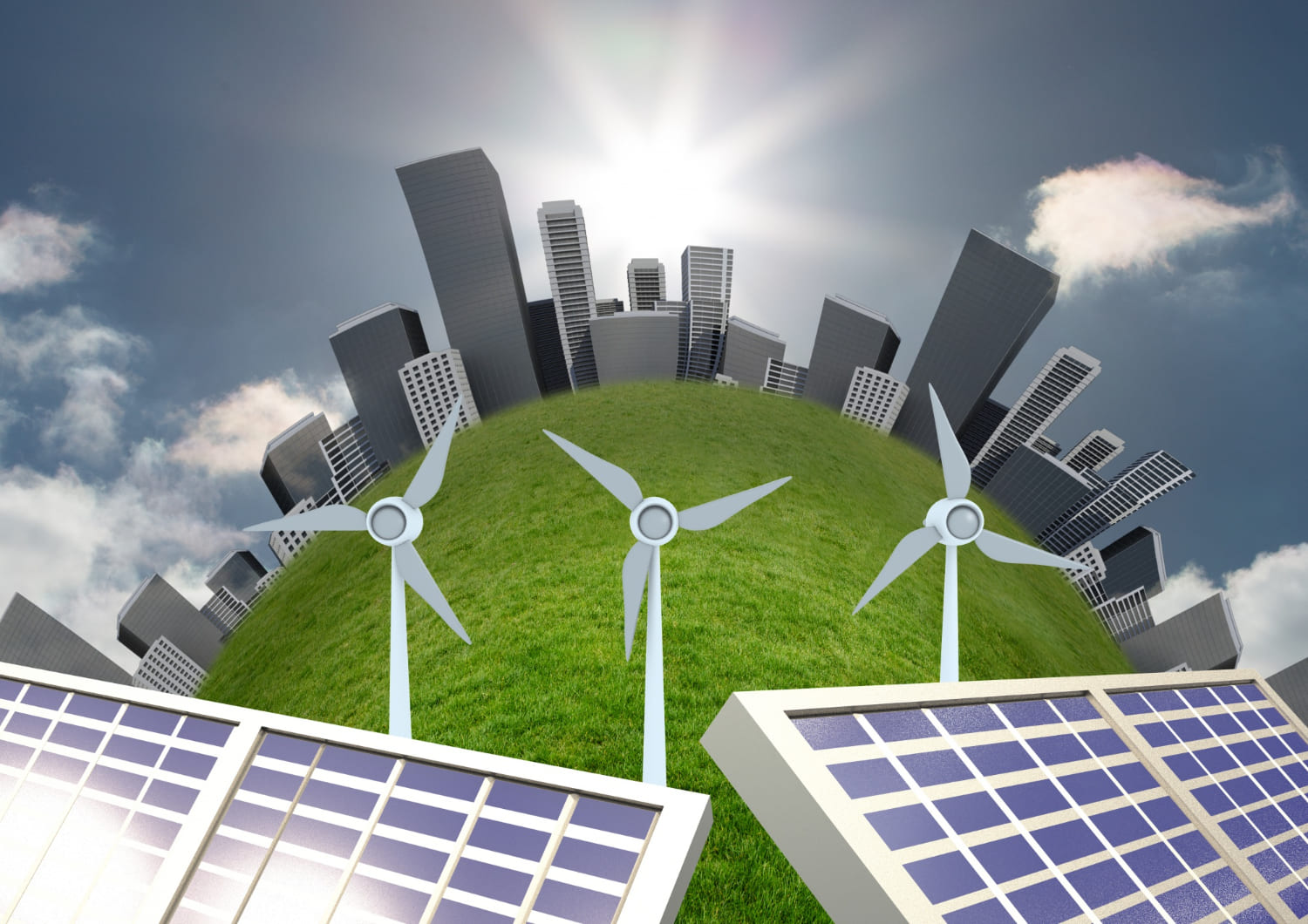In the direction of net-zero emission 2070

Internationally, the concept of achieving net-zero emissions is gaining prominence as a key priority. Numerous countries are initiating initiatives and campaigns to encourage the embrace of environmentally conscious lifestyles, fostering a shift in behavior.
India, the world's fourth-largest carbon dioxide emitter, is thankfully prepared to address this problem by putting out numerous projects. Across the nation, there is a notable buzz surrounding the ambitious target of reducing carbon emissions by 1 billion tonnes by 2030 and attaining net-zero emission status by 2070. However, achieving this goal cannot solely rely on government programs; active involvement from the private sector, encompassing corporations and other entities, is imperative. The Indian corporate community holds the potential to play a pivotal role in driving these initiatives forward.
This article delves into the comprehensive strategies adopted by the Indian government to realize net-zero emissions. Globally, the concept of achieving net-zero emissions is gaining prominence as a paramount agenda item. Numerous countries are initiating diverse programs and campaigns to encourage the adoption of climate-conscious lifestyles, thereby fostering a significant behavioral shift.
Focused Endeavors: Key Measures Undertaken by India to Attain Net-Zero Emissions

During the 2021 Glasgow Conference, Prime Minister Narendra Modi reiterated India's commitment to achieving net-zero emissions on multiple occasions. This resolute stance was assumed on behalf of the nation to actively combat the pace of climate change.
Several actions India has taken to uphold its pledges are listed below:

- India made the announcement that it wanted to reach 450 GW by 2030 at the UN Climate Summit. The declaration made at COP26 to target 500 GW by 2030 was followed by additional statistics.
- By 2030, the nation hopes to have installed 50% non-fossil power sources. For green and grey hydrogen, a Hydrogen Energy Mission announcement has also been issued.
- A market-driven initiative known as PAT (Perform, Achieve, and Trade) has successfully prevented the release of up to 92 million tonnes of CO2 emissions during its initial and subsequent cycles.
Reforms in the transport sector:
- By implementing programmes to produce electric and hybrid vehicles, India has sped up the transition to e-mobility.
- To remove outdated and inappropriate vehicles and support current programmes, a policy on voluntary vehicle destruction is being implemented. The country is actively engaged in the worldwide EV30@30 initiative. By the year 2023, the Indian Railways aspires to achieve full electrification of its broad-gauge routes.
- By 2023, the Indian Railways hopes to completely electrify all its broad-gauge routes.




